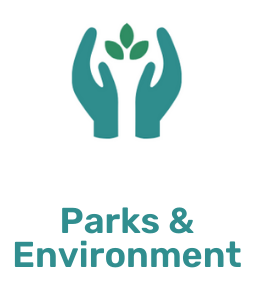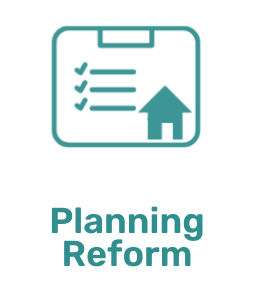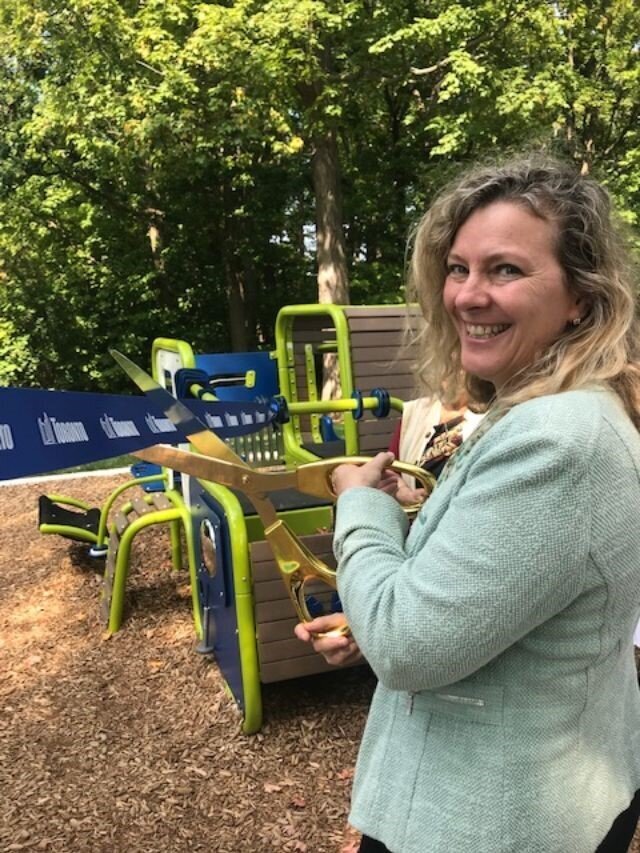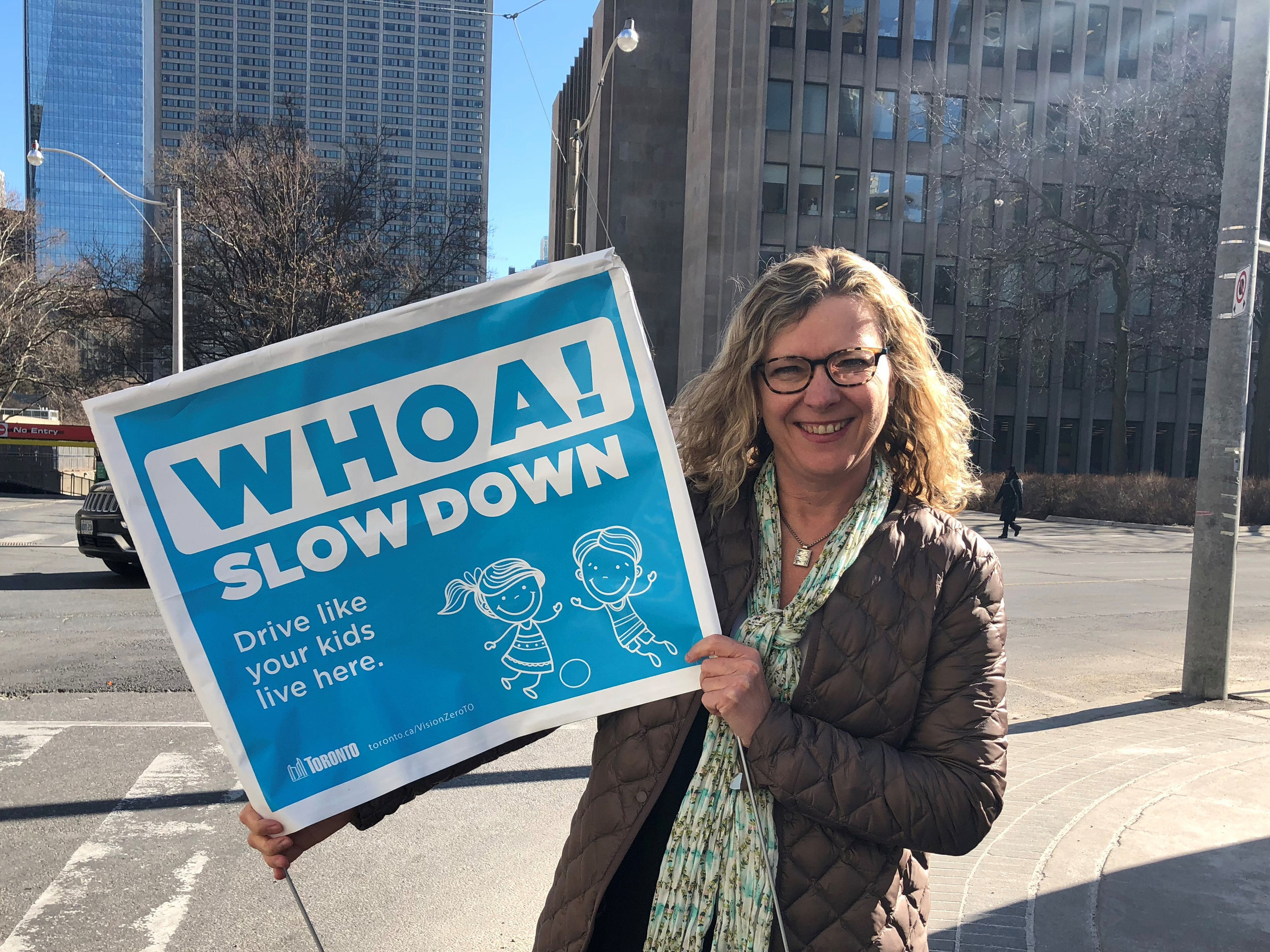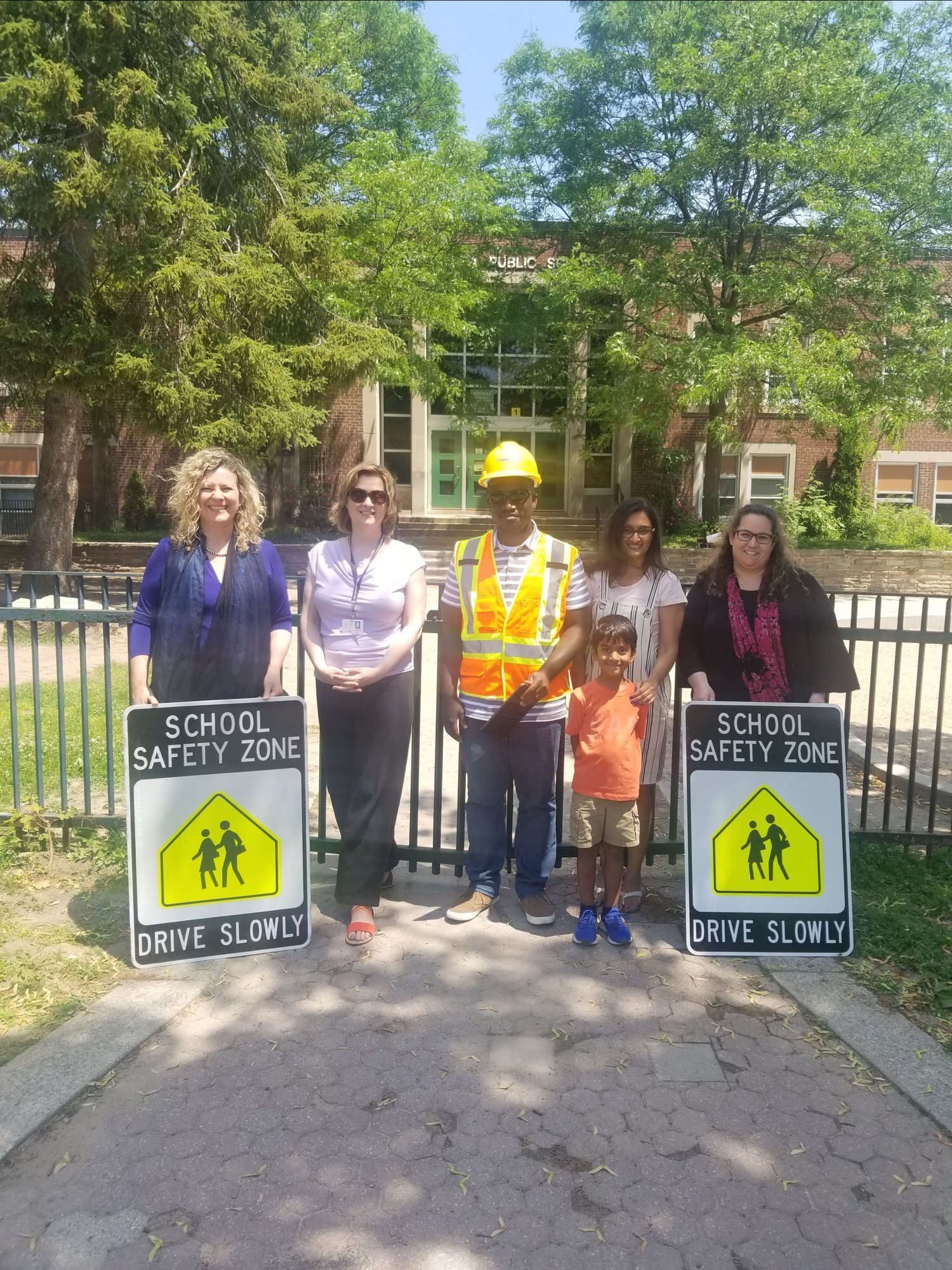Ward 15 - Don Valley West is home to over 70 parks and green spaces, with some of the densest tree canopy in Toronto. Trees are the lungs of our city, storing upwards of 1.1 million metric tonnes of carbon per year. In 2014, the CD Howe institute estimated the value of Toronto's ravines to be over $7 billion.
I have fought to protect and enhance our City's critical natural assets and have supported our ambitious goal to achieve 40% canopy coverage. In my second term, I initiated a top-to-bottom review of our tree protection by-laws and have moved motions to prioritize trees in the planning and development process. I'm also a firm believer that we need "more green, less gray," in our City and have worked closely with communities across Ward 15 to enhance and expand our local green spaces.
In addition to fighting for our trees and green spaces, I've championed sustainability at City Hall. As the former Chair of Public Works, I introduced Toronto's first-ever Long Term Waste Management Strategy, which will direct waste management for the next 30-50 years, laying a path toward a circular economy and a zero-waste future in Toronto. I've also pushed for the establishment of city-wide strategies to address the harmful effects of single-use plastics and textile waste.
Through TransformTO, the City's climate strategy, we have set a target of zero-emissions by 2050. This strategy includes building retrofits, infrastructure upgrades, adoption of renewable energy sources, and sustainable waste management. To enhance the scope of these already ambitious targets, I've pushed to expand electric vehicle infrastructure, reduce combined sewer outflow into the Great Lakes, shift toward an extended producer responsibility model, and electrify the TTC's bus fleet.
In 2015, as the Chair of Public Works and Infrastructure, I spearheaded Toronto's first City-wide Road Safety Plan (RSP) based on the international standard – Vision Zero. Vision Zero analyzes the structural causes of road safety issues and develops data-driven strategies to address them.
Under my leadership, City Council voted to accelerate the RSP with additional dedicated funding on five separate occasions. Since then, we have successfully rolled-out Vision Zero programs in neighbourhoods across the City, including Automated Speed Enforcement (ASE), more than 100 School Safety Zones, and over 50 Pedestrian Safety Corridors.
In Ward 15, I have worked closely with communities to bring Vision Zero to our local neighbourhoods. Together, we have reduced the speed limit on more than 100 local roads, initiated comprehensive Traffic Management Plans, and installed Watch Your Speed Program signs at dozens of locations.
As your City Councillor, I'm continuing to champion neighbourhood-based planning reform to give our community a voice in the development review process. After experiencing first-hand how difficult it can be for residents to influence development in their local neighbourhoods, I ran for office to improve public engagement and level the playing field for communities—who are often up against experienced and well-resourced developers.
At City Hall, I've continued to fight for substantial improvements to the local planning process including reforming the Committee of Adjustment, leading the charge for Toronto to establish its very own Local Appeal Body to hear minor variance appeals, and advancing new initiatives to maintain the livability of our neighbourhoods in the face of unprecedented development activity.
The Committee of Adjustment (CoA) is responsible for approving or refusing minor variances to the zoning by-law to permit the construction of new builds, additions on existing dwellings, and severances to subdivide lots. Beginning in my first term, I've successfully moved dozens of motions at City Council to make the CoA more transparent and accessible for local residents. Although several improvements have been implemented in recent years, we still have a long way to go.
Throughout my time in office, I've worked closely with local neighbours and residents associations to address new development proposals and fight for necessary infrastructure capacity improvements. Despite our best efforts, many developers circumvent the City's planning review process by appealing to the Ontario Land Tribunal (OLT)—a quasi-judicial Provincial body that makes the final decision on planning appeals in Toronto.
I've been a long-time opponent of the OLT (formerly known as the Local Planning Appeal Tribunal and Ontario Municipal Board). From the townhouses on Bayview to the towers on Eglinton, most of the developments in Don Valley West have been appealed to and approved by this unelected, unaccountable body. The City of Toronto should have the authority to manage development within its borders, especially when the municipal government is responsible for providing the infrastructure and community resources required to support new residential projects.
Over my time in office, I've received countless emails and phone calls about construction activity, ranging from new single-family dwellings to massive infrastructure projects, such as Metrolinx's long-delayed Eglinton Crosstown LRT. With more than 200 cranes in the sky and myriad infrastructure projects underway, construction management and coordination continues to be a major challenge in Toronto.
In my first term, I initiated a top-to-bottom review of the City's policies to regulate infill construction. As a result, City Council approved a new, interdivisional Residential Infill Construction Strategy in 2018 to mitigate the negative impacts of local construction activity on our neighbourhoods and ensure that new builds are constructed in accordance with submitted plans.
Inspired by the infamous "Lake Leaside"—a pit excavated several years ago for a yet-to-be constructed development that regularly fills with water—I moved a motion at City Council calling for stronger policies to address unfinished development sites. My motion directed staff to review options including, but not limited to, increased fines, stricter penalties, and mechanisms to require developers to backfill excavated sites before they become a health and safety hazard.
In 2019, I helped lead the implementation of a Construction Hub Coordination Pilot to improve road safety in the Yonge-Eglinton neighbourhood, one of the most construction-dense areas in Toronto. This initiative assigns a Construction Hub Coordinator to act as a single point of contact between public agencies, private developers, utility companies, industry partners, and other contractors. The Hub Coordinator is responsible for proactively managing work zones, logistical planning of the right-of-way, reviewing Construction Management Plans, and communicating with local residents and stakeholders.
Together with the other policies described above, I am working to build a stronger regulatory framework to hold builders accountable and manage the unprecedented level of construction activity in our local neighbourhoods.
